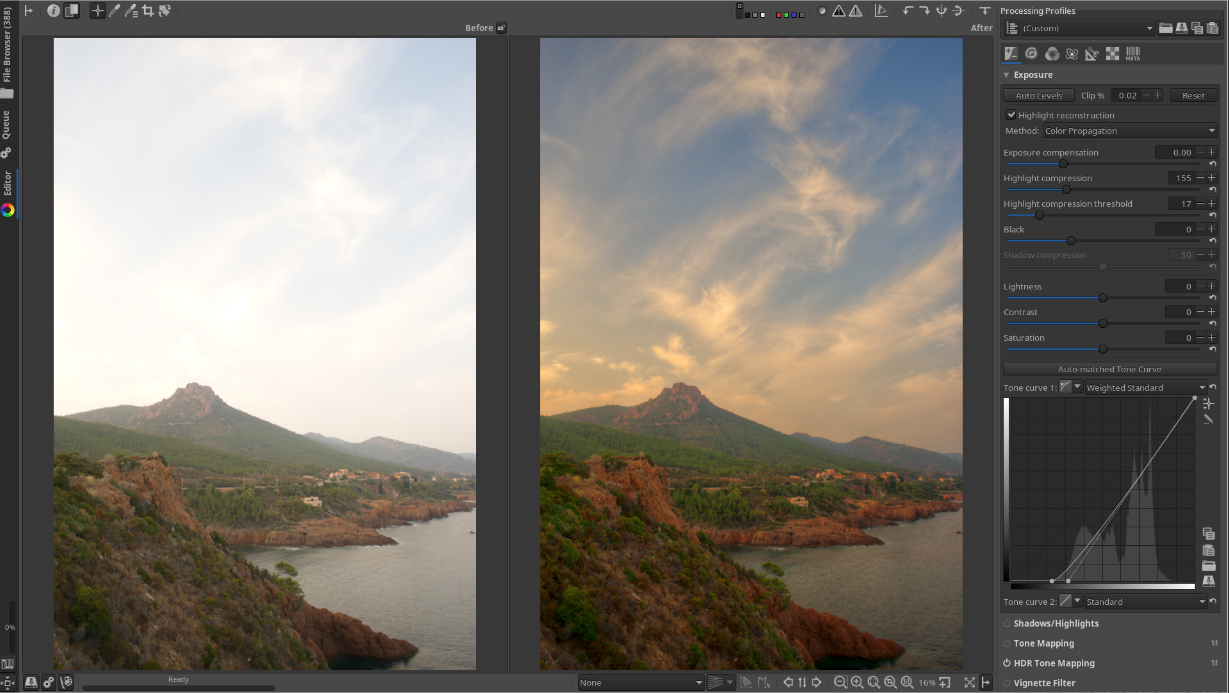
The chromatic aberration (note 11) is a major flaw of the system. Perhaps one might notice it if one used checkerboard patterns as pictures though. In practice (pictures of articulated scenes) one does not see this at all. This might perhaps induce the impression of a faintly curved picture plane. Over most of the visual field, the deviations are even much less than this. The differential deformation might be, but probably will not. The differential magnification and cyclorotation will be fully unnoticeable. For a point at the edge of the field of view (really worst case), looking 45o upward (again: worst case), we find a differential cyclorotation of 2o, a differential magnification of 3%, and a dif - ferential deformation (magnification anisotropy) of 3%, the last perhaps suggesting a 14o obliquity of the apparent frontoparallel plane. What rests is a small disparity field about the present fixa - tion point. Is this a problem? We propose it is not, because most of the difference can be “cor - rected” via a minor vergence movement. This is something that never occurs in the conventional optical systems. Distortion in itself is not a major defect (except when one places an extreme weight on projective structure), but the problem is that the left and right eyes receive mutual mirror-reversed versions of laterally asymmetrical distortion ( Figure 8 ). The plan-convex configuration minimizes distortion as compared with convex-plan or biconvex. One is dif - ferential distortion and another (most serious) is chromatic aberration. We encounter two aberrations that might possibly limit the zograscope’s performance. This implies that the zograscope performs fine with respect to resolution. For most of the picture, it is less than a tenth of a millimeter. For the system analyzed here, the blur circle then does not exceed a quarter of a millimeter at the far out corners of the image. Then what is the relevant size of “the” blur circle? In our view, most likely the smallest one, as one easily checks by defocussing one branch of a stereoscope loaded with identical pictures. The blur regions for the left and right eyes are different (Figure 7), and may be astig - matic “lines” of rather different length that meet at an angle. We find that the system has a number of aberrations that do not really fit the conventional tax - onomy very well. At an eccentricity of 20o, a vergence of 1o is needed, at 10o less than 0.3o. The field curvature (radius of curvature 202 mm) is not very extreme (this is one aspect on which the plan-convex configuration beats the convex-plan and biconvex ones), and is easily corrected for by very minor vergence movements. It is more than 20 mm closer to the lens than the paraxial focal plane. The “effective focal length,” defined by the axis crossing of a ray at half the interocular distance from the axis, is 271 mm, reckoned from the front of the lens. We assume an interocular distance of 65 mm and a pupil diameter of 4 mm. We analyzed a design with a 120-mm diameter plan-convex lens, made of borosilicate crown (BK7) glass, refractive index at λ = 546.706 nm being n = 1.518872 (at λ = 404.66 nm, n = 1.53024, and at λ = 706.52 nm, n = 1.51289), radius of curvature 120 mm.

They must have been a little inferior (though still serviceable) to our implementation. Judging from other historical instruments we guess that most lenses were biconvex. The zograscopes we could examine had con - vex curvatures facing the observer, but we were in no position to examine the other side. The reverse design (convex side to the observer) is not much worse. We discuss only this best case here (plan-convex with planar side to the observer). Although the various cases show up significant differences in quality, all are “good enough,” thus suitable for zograscopic use. Somewhat different from intuition (we put our money on the biconvex lens based on our experiences with standard optical designs), the best setup is the plan-convex lens (planar side at the observer side). We studied the zograscope with symmetrical biconvex, plan-convex, and convex-plan lenses (the latter differ only in orientation). This allows us to implement various nonstandard methods with reasonable ease.

CHROMATIC ABBERATION REMOVAL IN PICKTORIAL CODE
We implemented the well-known ray-tracing algorithm of Herzberger ( 1958 ) in Mathematica code (note 10). We studied the zograscope through ray tracing. It is very different from the regular analysis used to design conventional optical imaging systems. In order to study the actual performance of zograscopes, one needs to take the possible corrective actions of the observer’s oculomotor system into account. accommoda - tion changes were needed at all.


 0 kommentar(er)
0 kommentar(er)
